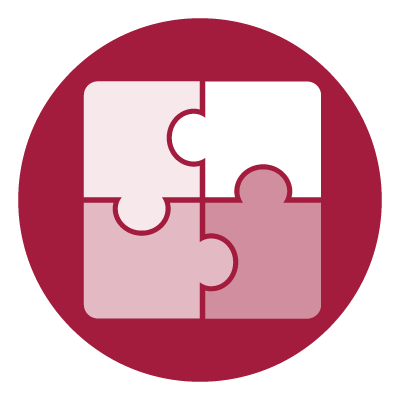Effective communication and collaboration hinge upon the belief that student, family and community engagement enhance learning experiences and are relevant for each student. Student success and engagement rely on positive partnerships and relationships to fundamentally improve the outcomes for each student, school, district and community.
Overview
In NeMTSS, communication and collaboration require attention to four components:
- Student voice and engagement
- Family and caregiver involvement in teams
- Community partnerships
- Communication
NeMTSS will only succeed in supporting students when students are engaged as the primary stakeholders in their own learning and their perspectives are actively sought and respected in all decisions. Family members and caregivers have unique and powerful expertise regarding the children in their care. A school district cannot support student needs effectively without engaging families and caregivers as fundamental partners in the design and implementation of NeMTSS. School districts are not isolated actors; they support students in the context of communities rich with significant assets and communities that have a shared interest in the success of every student.
Effective implementation of NeMTSS will include partnerships outside of the school district at every level. NeMTSS plays a central role in school districts, impacting all other systems and all educators and stakeholders. As such, effective communication between staff and districts about all aspects of the system and transparency about what is working, what is not working and the adjustments underway will be critical to the success of the system.
Why it’s Essential
Collaboration and communication are essential to the functioning of any system of support as multifaceted as NeMTSS. Districts are part of a community, and support from that community is essential. Districts will be more effective and accomplish more when there are community collaborations connected to supporting the social, emotional, behavioral, and academic needs of each student.
Self-Assessment
The following Communication and Collaboration items are included on the NeMTSS Self-Assessment:
- Staff are provided data on NeMTSS implementation fidelity and student outcomes.
- Staff are provided information on NeMTSS procedures and the process for communicating implementation issues that need to be addressed.
- A family engagement plan is developed and any feedback on engagement is used for continuous improvement.
Related Resources
- Action Plan Tasks Resource
- Communication Worksheet
- Meeting Agenda (example)
- Meeting Record (example)
- MTSS Implementation Calendar (template)
- MTSS Decision Rules (template)
- MTSS Professional Learning Training (template)
- MTSS Coaching Support Documentation (template)
- MTSS Master Schedule (template)
- PBIS at Home


